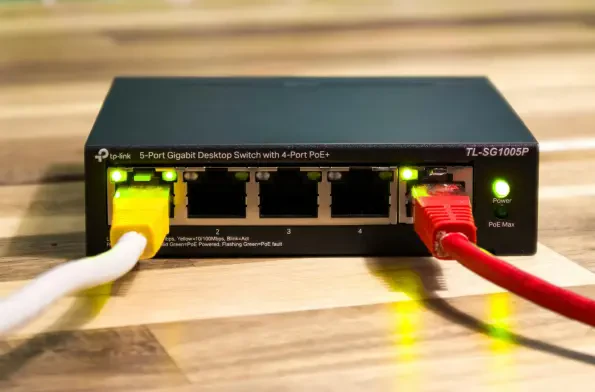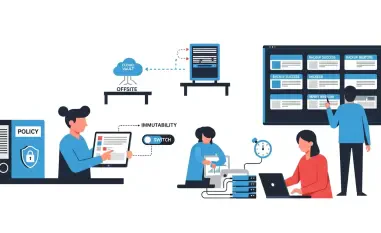In an era where cybersecurity threats loom larger than ever, the discovery of severe vulnerabilities in widely used networking equipment has sent shockwaves through the tech community, raising urgent questions about the safety of business and personal data. Researchers at Forescout’s Vedere Labs have recently uncovered critical flaws in TP-Link’s Omada and Festa VPN routers, exposing potential risks that could allow attackers to gain unauthorized access and execute malicious commands. These findings highlight not just isolated issues, but a troubling pattern of incomplete security measures in devices that many organizations rely on for secure remote connections. With the stakes so high, understanding the nature of these vulnerabilities and the steps needed to mitigate them is paramount for anyone using such technology. The implications extend beyond individual users to broader concerns about the integrity of networked systems in a hyper-connected world, where a single breach can have cascading effects.
Unpacking the Severity of Newly Discovered Vulnerabilities
The vulnerabilities in question, identified as CVE-2025-7850 and CVE-2025-7851, have been rated as critical and high-severity with CVSS 4.0 scores of 9.3 and 8.7, respectively, underscoring their potential to wreak havoc if exploited. CVE-2025-7850, tied to the WireGuard VPN settings in the web interface, allows authenticated users to inject arbitrary operating system commands with root privileges due to inadequate sanitization of input fields. In certain scenarios, this flaw could even be exploited without credentials, vastly expanding the attack surface. Meanwhile, CVE-2025-7851 stems from lingering debug code that, when accessed through specific means, grants unauthorized root access. These issues are compounded by the use of a shared private key across multiple devices, a design flaw that amplifies the risk of widespread compromise. Such critical oversights reveal how even patched systems can remain vulnerable if underlying systemic issues are not addressed comprehensively, leaving businesses exposed to sophisticated cyber threats.
Addressing the Gaps and Securing the Future
Reflecting on the response to these alarming discoveries, TP-Link acted swiftly by releasing firmware updates to patch both identified vulnerabilities, a move that mitigated immediate threats to users who applied them promptly. Beyond these fixes, experts from Vedere Labs urged additional protective measures, such as deploying web application firewalls to shield management interfaces and disabling remote administration when not essential. Logging administrative sessions and router traffic for anomaly detection was also advised as a proactive step. These efforts underscored a critical lesson: while patches addressed the specific flaws, they did not erase the broader pattern of security lapses seen in the past. Moving forward, a more robust approach to security design and thorough post-patch validation must be prioritized by manufacturers. For users, staying vigilant with updates and adopting layered defenses remains essential to guard against future exploits in an ever-evolving threat landscape.













